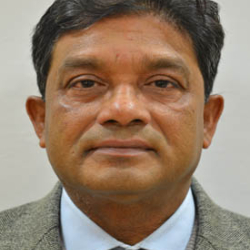ABOUT US
In the agricultural Indian sector, there has been evidence of a lack of pulse's production. Even though in India, and particularly in the Odisha region, there is a huge potential of producing pulses, there are still deficiencies. To meet the gap, the State imports pulses as pulses are a significant source of protein and India accounts for 33 % of the world area under pulse crops. Since prices are getting higher, a coordinated scientific approach is needed to enhance sustainable pulse production. This project intends to improve the pulses scenario in the State given the low State productivity (509 kg/ha compared to the national average yield of 764 kg/ha), the inadequate pulses production in Odisha (total production of 1.06 million tons and a deficit of 0.22 million tons), and the low per capita pulses consumption leading to protein/vitamin mineral malnutrition (PVMM) mostly in women, children and girls.







